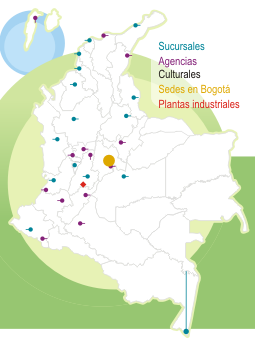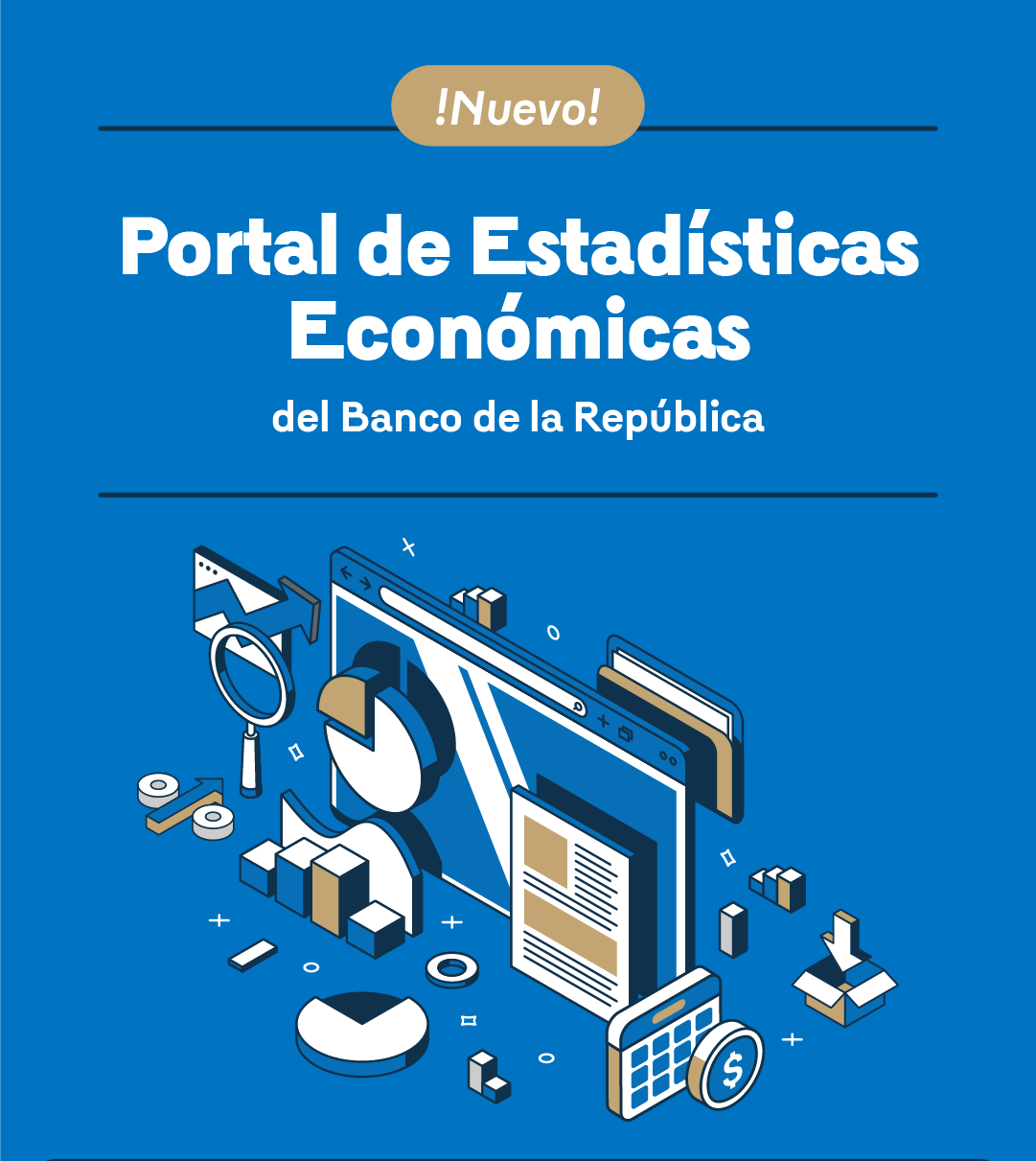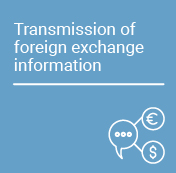Financial Markets Report - First Quarter of 2016
The main purpose of these documents is to provide quarterly information on financial markets. Opinions and possible errors are the sole responsibility of the author and their contents do not compromise the Board of Directors of Banco de la República (the Central Bank of Colombia, Banrep).
Banco de la República (the Central Bank of Colombia) produces information intended for decision-making and accountability processes as well as for public knowledge. In particular, the Financial Markets Report responds to the principle of public dissemination, thus contributing to the Bank’s service of providing quality economic information and research.
In line with the above, this report seeks to provide the public with a general analysis of the performance and trends of domestic and international financial markets. Additionally, the report points out the main factors that explain the performance of these markets, as well as their interactions. The report also presents an overview of the main changes in monetary policy and central bank decisions worldwide.
During the first quarter of 2016 (1Q16), financial markets continued to be influenced by international risk perception, expectations regarding monetary policy decisions in the US, Europe, and Japan, and the evolution of the Chinese economy and the performance of commodity prices. At the beginning of the quarter, news about the deterioration of China's external accounts and concerns about the soundness of the European financial system increased volatility in capital markets, encouraging agents preference for safe assets. In line with the above, the US dollar continued to strengthen globally, risky assets were depreciated, and capital outflows from emerging countries were recorded. In mid-February, the dollar's trend changed, and the appetite for safe-haven assets diminished as risk perception indicators improved thanks to the recovery of commodity prices, the monetary accommodation announced by the central banks of the Euro Zone and Japan, and signs of continuity in the Fed's current monetary policy stance.
In the context of the recovery of global economic indicators in the region, including Colombia, currencies and assets appreciated due to lower risk premiums.
The document is divided into eight sections, with this introduction being the first. Section two presents an executive summary of the document. Section three describes the most significant developments in the international economic environment. Subsequently, section four presents the performance of the main local risk perception indicators. Section five describes the global and local foreign exchange market. Section six presents an analysis of the money and fixed-income global and local markets. In addition, section seven describes the performance of the local primary private debt market. Finally, section eight analyzes the performance of regional and local stock markets.






































































